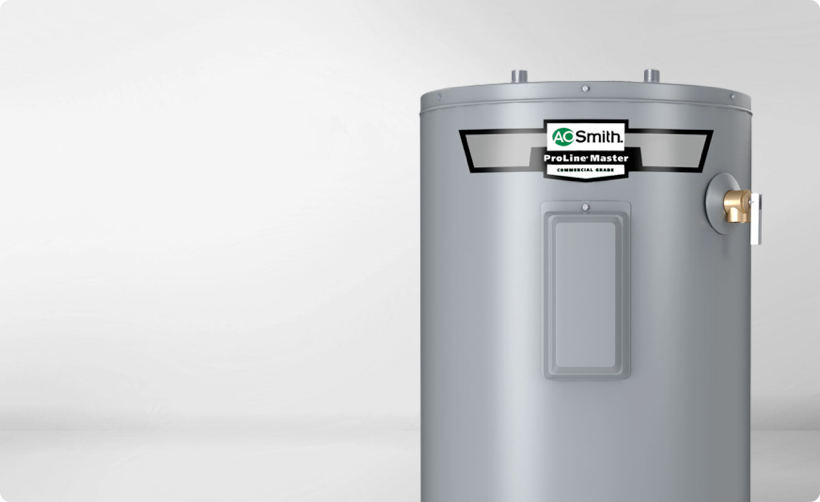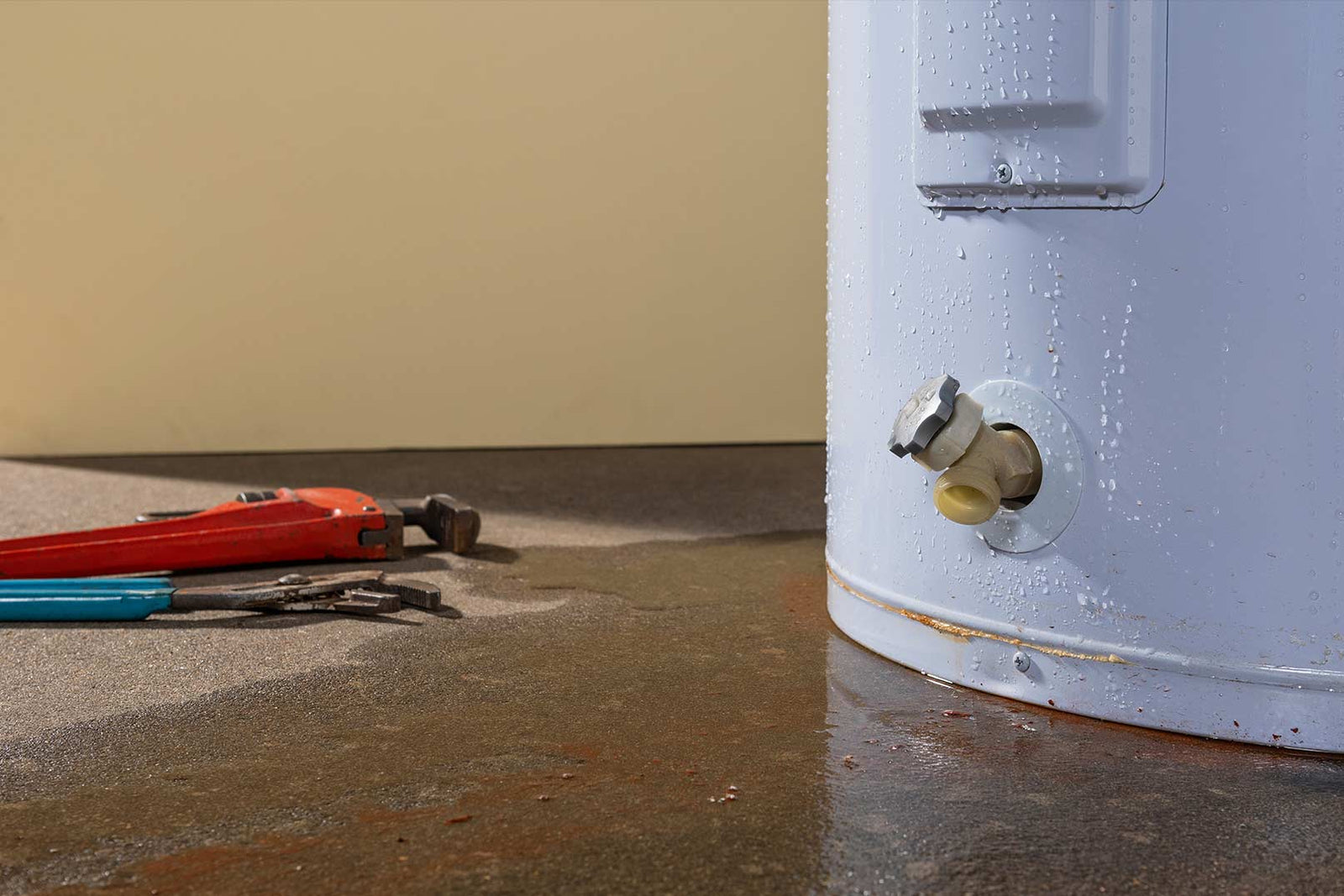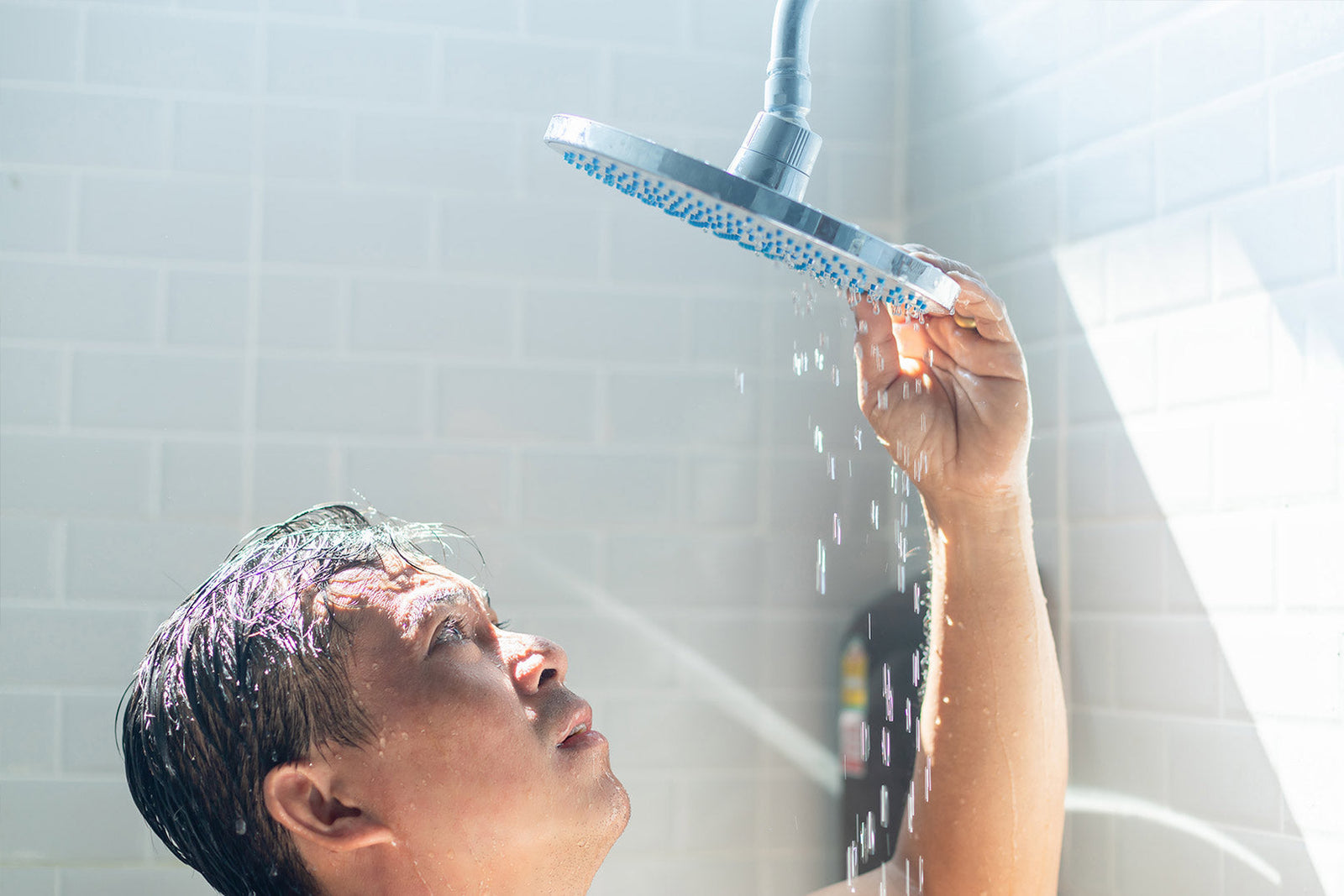
Spring isn’t just for decluttering closets – it’s also the perfect time to check up on your water heater. After working hard through the winter, your system may be showing signs of wear that can impact performance, efficiency and lifespan. At Parts4WaterHeaters, we’re here to help you stay ahead of potential problems with this simple spring maintenance checklist. Read on to learn more about what to inspect, what to replace and how the right parts can make all the difference.
Note: Working with water heaters involves serious safety risks. It is always best to work with a professional when inspecting or servicing your system to ensure your safety and the proper functioning of your equipment.
1. Check for Sediment Buildup
One of the most common issues in water heaters is the accumulation of sediment in the tank. This is especially true in areas with hard water. Over time, minerals settle, creating a barrier between the burner and the water, reducing efficiency and leading to strange noises or overheating. If you notice popping or rumbling sounds, it might be time to flush your tank and inspect the anode rod and heating elements. Replacing a worn anode rod can help extend the life of your tank and prevent corrosion.
2. Inspect Valves, Gaskets and Connections
Inspecting all valves and gaskets for signs of wear, leaks or rust is another important maintenance task. The temperature and pressure relief (T&P) valve is especially important. It prevents your tank from over-pressurizing and should be tested at least once a year. If it drips constantly or doesn’t lock back into place after testing, it’s time for a replacement. You should also check the drain valve and water connections, as well as tighten or replace any components that leak.
3. Evaluate Your Thermostat and Heating Elements
If your water isn’t getting as hot as it used to, or you’re seeing inconsistent performance, your thermostat or heating elements could be to blame. Electric water heaters have upper and lower heating elements that can burn out over time. Luckily, these components are easy to replace with the right tools and parts. While you’re at it, check the thermostat settings: for most households, 120°F is an efficient and safe target temperature.
4. Replace Worn Insulation and Seals
Insulating your water heater can improve energy efficiency and help retain heat longer. During your spring tune-up, check for deteriorated insulation around pipes and access panels. Replacing worn seals or installing an insulating blanket can make a noticeable difference in both performance and utility costs.
Get the Right Replacement Parts
At Parts4WaterHeaters, we carry a wide selection of OEM and direct factory parts for all major brands. Whether you need a new T&P valve, heating element, anode rod or thermostat, we’ve got you covered. Regular spring maintenance doesn’t just improve performance – it helps prevent costly emergency repairs later on.
Explore our inventory online at Parts4WaterHeaters.com. Have questions? Contact our expert team for assistance by calling 800-536-1582.




